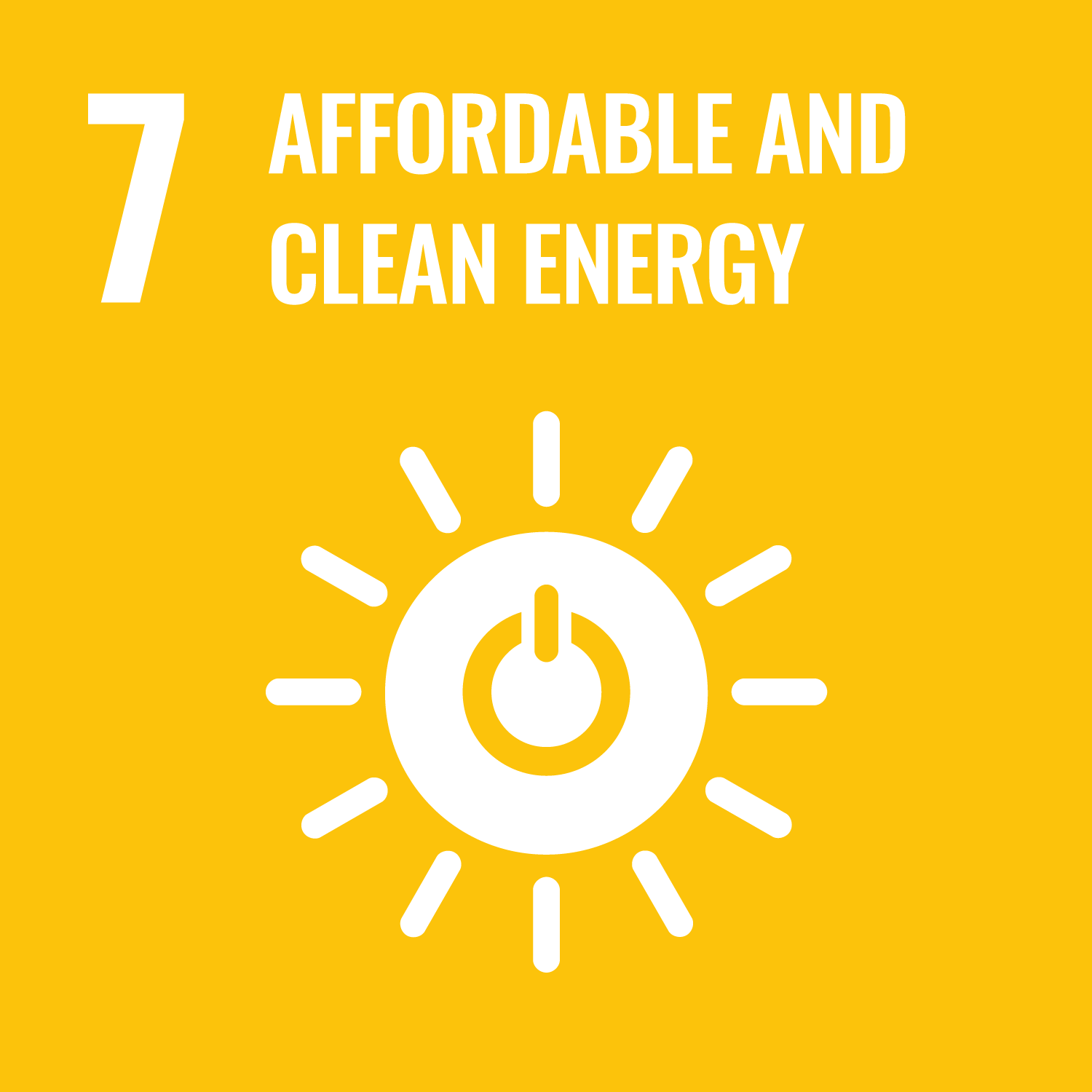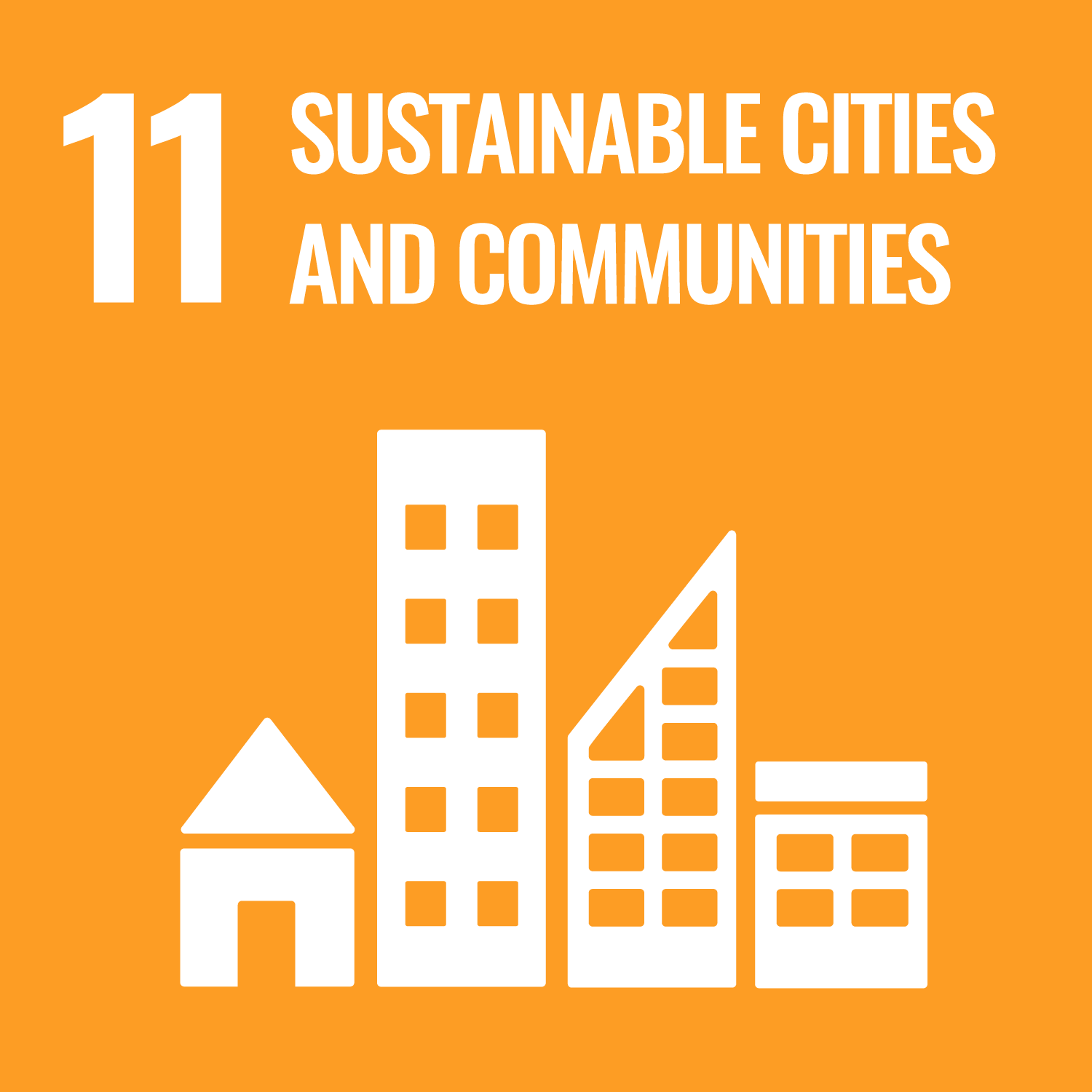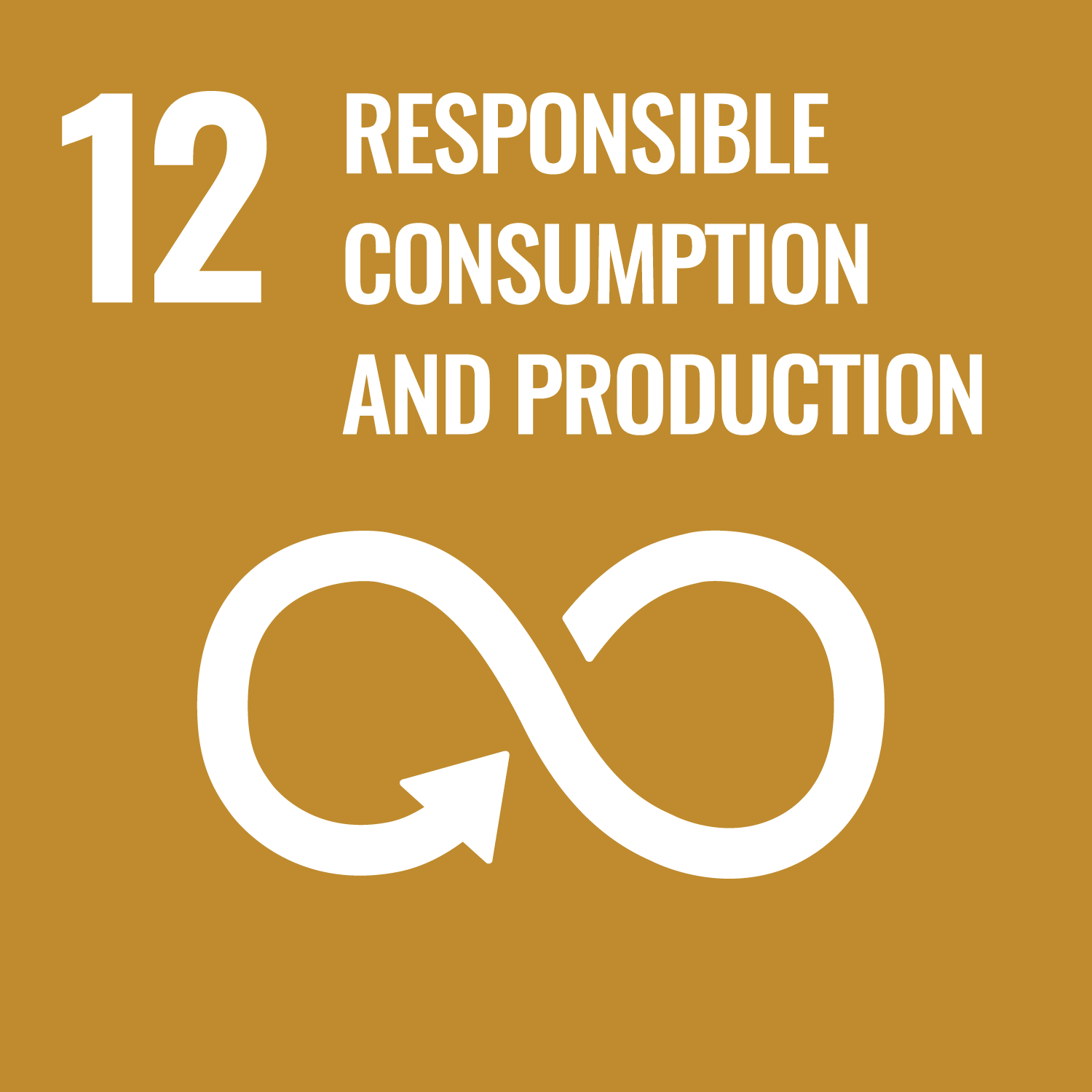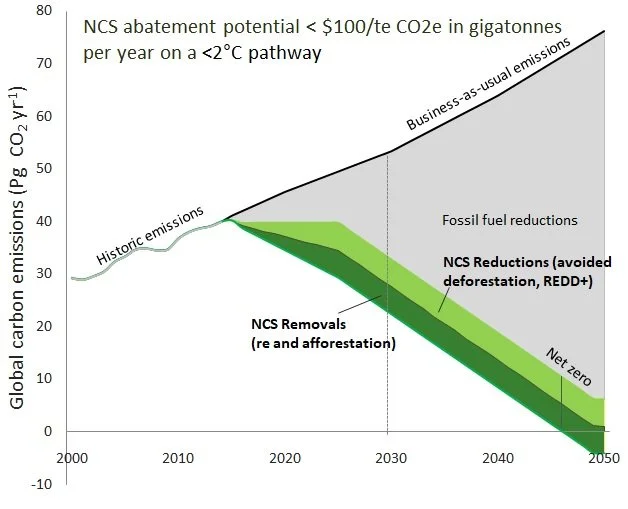Humans have disturbed the world’s natural carbon equilibrium.
On the one hand, by increasing green house gases in the atmosphere through industrial, agricultural and other land use change. On the other, by reducing the world’s “natural lungs” which breath carbon back in
Why NCS is a necessary and significant part of the solution
The biggest solution is to reduce industrial emissions directly – but will be difficult, costly and slow
The best solution is NCS because it is the fastest, least costly and significant – and offers many co-benefits
NCS can cost-effectively deliver about a third of the abatement needed by 2030 to stay below 2o C (~11 Gt pa):
About half by REDUCING emissions from land use, especially from deforestation
About half by REMOVING more atmospheric emissions especially by planting forests
About one third (~4 Gt pa) can be delivered for less than $10/t.
NCS removals are necessary to achieve net zero – no other option currently exists to remove carbon from the atmosphere cost-effectively at scale
Source: Adapted from Griscom et al., 2017
What are Natural Climate Solutions – a universe of ecosystems
Forestry
Avoided deforestation
Forest regrowth/improved forest management
Planting new forests
Wetlands
Conservation and restoration of peatland
Coastal wetlands (mangroves)
Regenerative Agri
Build soil carbon
No-till agriculture
Cover crop rotation
Agroforestry
Ocean
Seagrass meadows
Kelp
Expand marine ecosystems
NCS co-benefits can support all the SDGs – more than half directly


















Climate
Reduce or remove CO2e
Reduce the cost of abatement
Accelerate the pace of abatement
Stabilise local weather, climate and flood control
Communities
Support sustainable livelihoods
Improve agriculture & food security
Increase health & well being
Natural disease & pest control
Create partnerships
Preserve cultural heritage
Conservation
Land & sea ecosystems
Wetlands
Peatland
Coastal
Forest
Marine
Cleaner air and water
Social and environmental impact with a financial return
